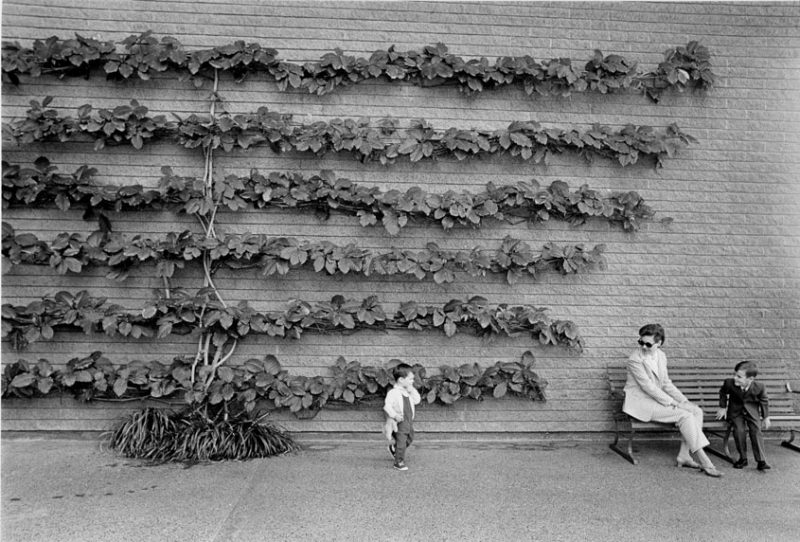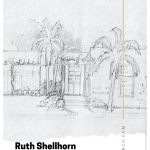The aesthetic of 20th-century Southern California is not only iconic, but also set a precedent for modernist landscape design around the country. Author Kelly Comras takes readers behind the scenes of this influential movement of landscape architecture in her book Ruth Shellhorn, and shows us a woman who, in her 60 years of working as a landscape architect, helped shape some of Southern California’s mid century landmarks.
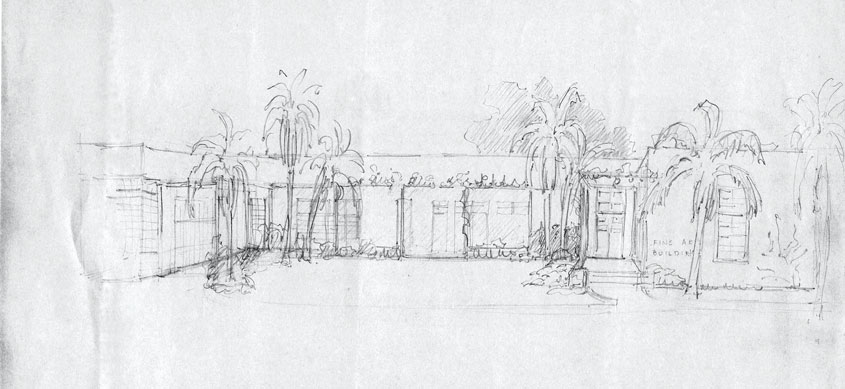
Between 1933 and 1990, Ruth Shellhorn created close to 400 landscape designs, including award-winning layouts for Bullock’s department stores and Fashion Square shopping centers, insights to the original plan for Disneyland, a multiyear landscape master plan for the University of California at Riverside, a major Los Angeles County coastal planning project, city and regional park designs, and more than 200 residential estates and gardens. In noting her influence within the field, her work truly speaks for itself.
The book delves into Ruth’s beginnings within the industry and moves through years where she honed her design aesthetic. She had many realizations that helped focus her designs, such as the critical importance of including features that enhanced outdoor living, spaciousness within outdoor retail spaces, accessibility for pedestrians and automobiles, and the “reverence for natural beauty.”
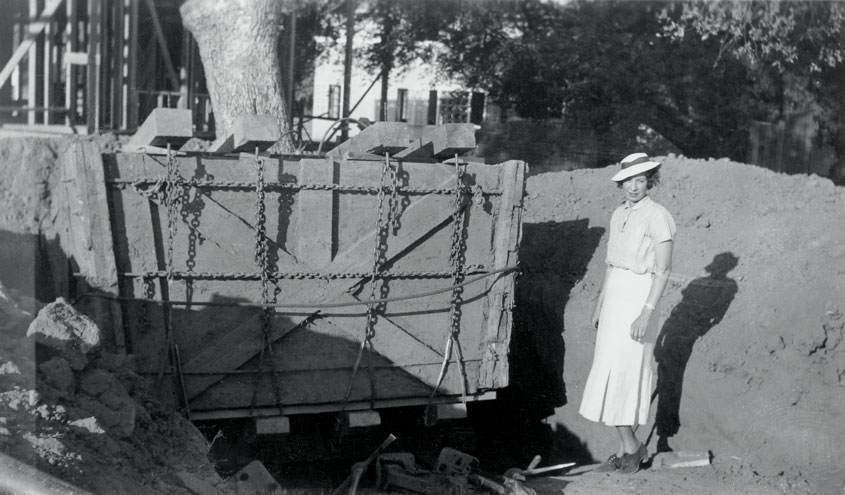
Though she did not fully dismiss modernist ideals, Ruth firmly believed that the primary purpose of landscape architecture was to instill a sense of well-being.“Her work was, in part, a response to both the rapid urbanization of the era and the egoism characterizing much of modern design,” Kelly writes. Ruth pushed against designs that were “too full of ideas,” and instead focused on balancing modern conveniences with natural beauty, with both client and nature in mind.
Kelly shares projects that Ruth led in her career, but also comments on her direct influence on each task she undertook. We learn through her extensive body of work that Ruth had distinct visions for what she intended to build. She conducted much of her own surveying, designed and drafted her own plans, and supervised all construction details in a predominately male work environment.
“I have never thought of myself as a woman in competition with men,” Ruth once stated, “but rather as a landscape architect trying to do the best job I can.”
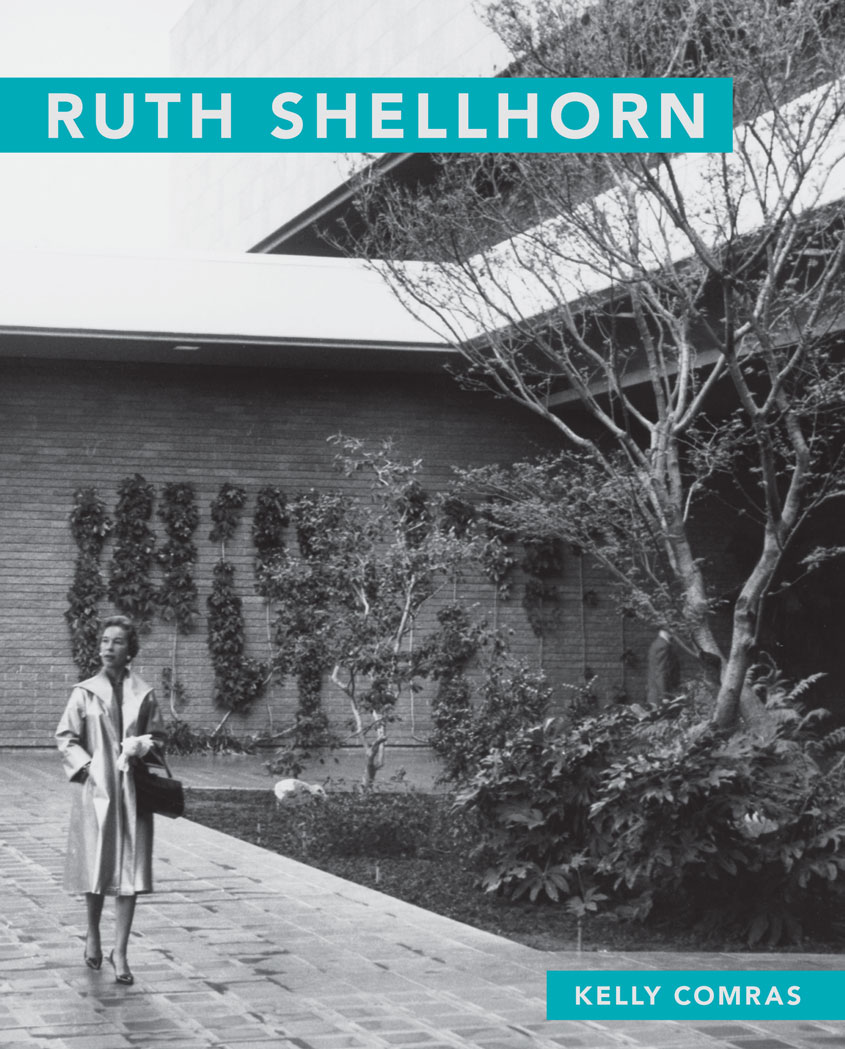
Ruth Shellhorn is regarded as one of the leaders in developing California’s regional landscape design aesthetic. “Although she went on to experiment with many elements of modernist landscape design, she never identified with any particular stylistic camp, a reflection, perhaps, on her inner authority,” writes Kelly. The author encourages readers to remember Ruth for her achievements in design, as well as her personal and professional dedication to enhancing and protecting the landscape.
Design with Nature in Mind
An in-depth look at Ruth Shellhorn’s mid century garden oasis.
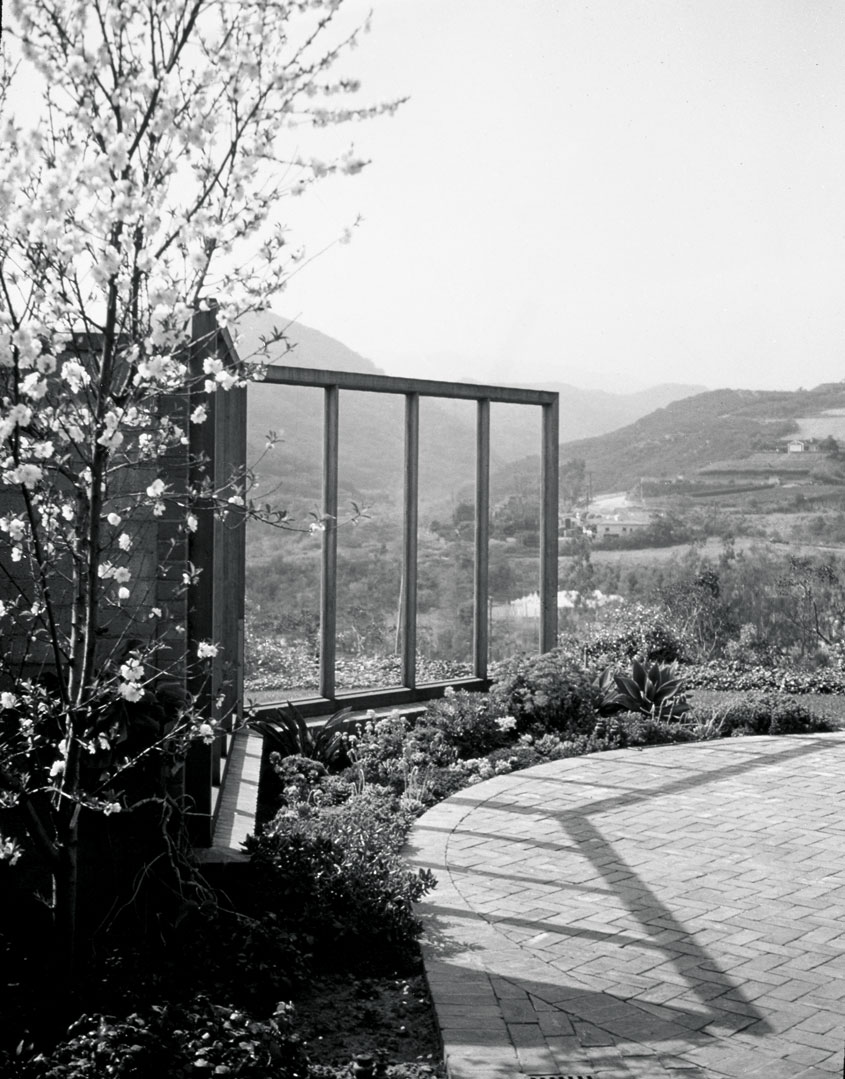
Integration of Nature
In 1948, Ruth was commissioned to design a garden for artist Edith Knapp’s studio in Brentwood, California. The homeowner expressed that preserving views of native plant life beyond the garden was of the utmost importance, making it a perfect project for the sustainably-minded Ruth.
She designed an innovative glass screen in front of the view of the Santa Monica Mountains to protect guests from up-canyon winds. Ruth included a colorful, textured foreground for the windscreen using succulents, as well as orange and coral fuchsias, camellias and azaleas. The integration of the windscreen encouraged an interaction with nature and is a classic element of mid century design.
Attention to Detail
The garden was carefully detailed with foliage that would accent each area of the patio accordingly. Ruth included rough timbers as risers, redwood rounds for treads, and decomposed granite for the path. She planted garden foliage that would transition into the native plants surrounding the exterior to create a seamless oasis for the homeowner.
Ruth visited the property six times a year to track the progress of the garden’s growth and give maintenance instructions. Her attention to detail was one of her strongest attributes as a landscape architect.

